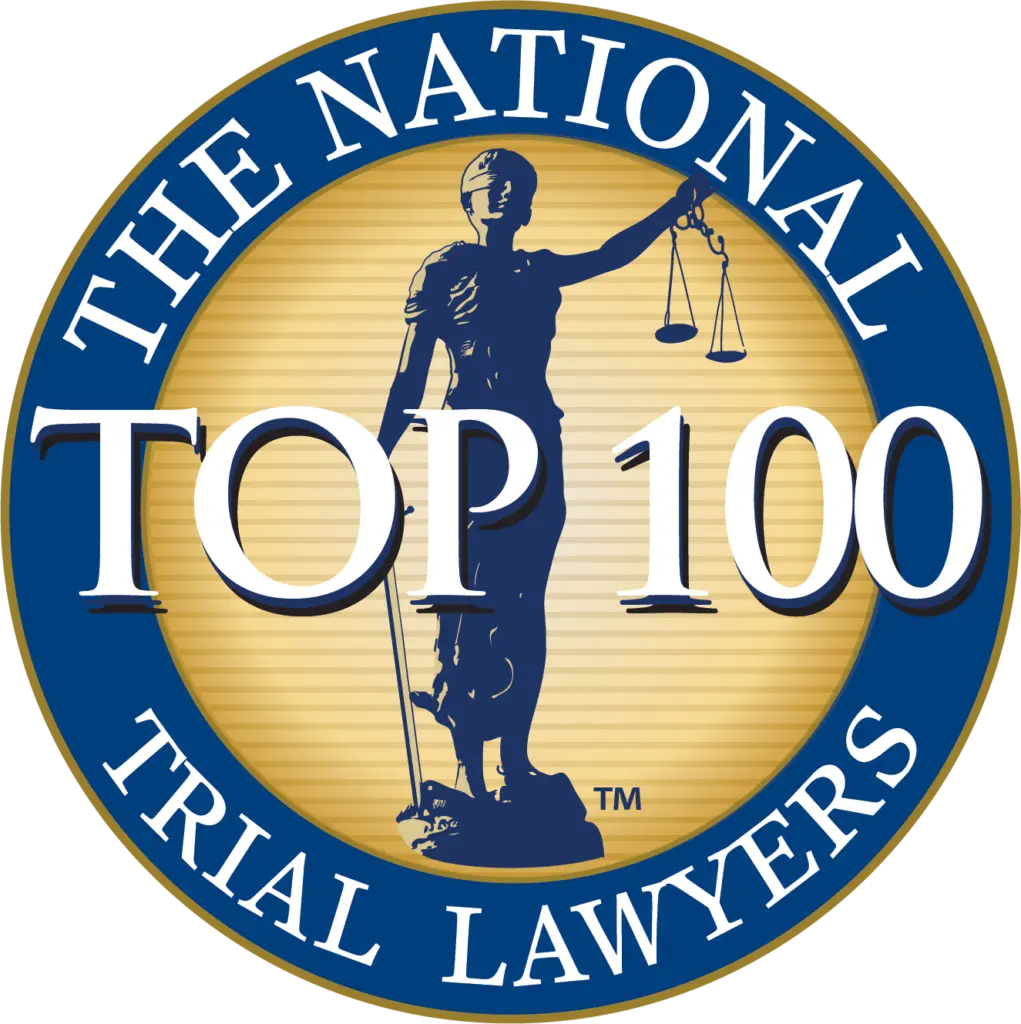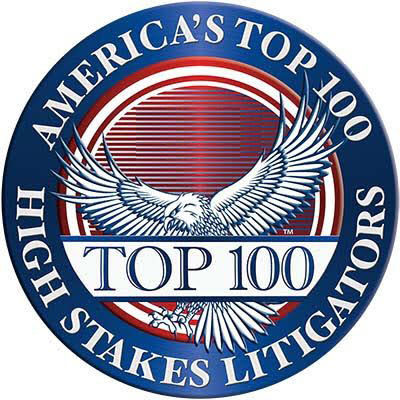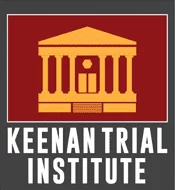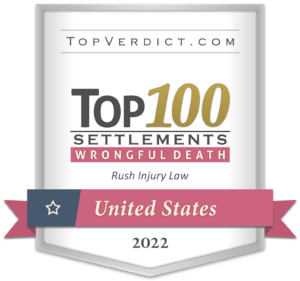Call For A Free Consultation
415-897-4801
Novato Corporate Office (Mailing Address):
10 Commercial Blvd #206 Novato, CA 94949
Offices Located In San Francisco, Oakland, San Jose, Walnut Creek, Pleasanton, Santa Rosa, Napa, Redwood City, Sacramento and Newark
Are Brain Injuries More Common in Athletes?
Traumatic brain injury (TBI) has become a major health concern, especially among athletes. Recent research indicates that athletes may be at higher risk for sustaining concussions and other TBIs compared to the general population. This article explores why brain injuries are more prevalent among athletic populations and how to seek help if needed.
Why are Athletes at Increased Risk?
Several factors contribute to the heightened risk of brain injury among athletes:
Contact sports – Sports that involve collisions like football, hockey, boxing, and soccer carry obvious risks of head trauma. Any sport with potential for high-speed falls or blows to the head also poses threats.
High injury rates – Athletes in general sustain more injuries than non-athletes. With greater overall rates of injury, rates of concussions and other brain trauma also rise.
Competitive mentality – Athletes often feel pressured to return to play quickly after injuries. This can lead to premature activity before the brain has fully healed, increasing the odds of reinjury.
Difficulty detecting brain injuries – Many concussions do not cause loss of consciousness. Symptoms like headache, dizziness, and confusion can be vague. Mild TBIs often go undiagnosed initially.
Cumulative damage – Research shows that repeat concussions compound harm to the brain. Athletes who suffer multiple head injuries over their careers face elevated risks of short and long-term consequences.
Consequences of Brain Injuries for Athletes
When an athlete suffers a concussion or other traumatic brain injury, the effects can be wide-ranging:
Physical symptoms – Headaches, dizziness, nausea, sensitivity to light and sound, fatigue, visual problems, and balance issues are common post-concussion. Symptoms may last from several days to months.
Cognitive deficits – Difficulty concentrating, memory lapses, slowed reaction time, and trouble multitasking have been linked to TBIs. For athletes, these effects can directly impact performance.
Emotional changes – After brain trauma, athletes often report increased depression, anxiety, irritability, and anger. Mood instability can hamper relationships and quality of life.
Heightened injury vulnerability – Research shows athletes are significantly more likely to get injured after suffering a concussion, especially if the injury was recent or they returned to play prematurely.
Second impact syndrome – If an already-concussed athlete suffers another brain injury before fully healing, catastrophic and sometimes fatal brain swelling can occur. This demonstrates the importance of appropriate recovery time.
Long-term consequences – Evidence suggests that multiple TBIs over an athletic career can increase later-life risks of cognitive decline, mental health issues, and dementia. However, conclusive links need further research.
The Steps to Take After Potential Brain Injury
If an athlete experiences an impact to the head accompanied by any symptoms of concussion, proper response is critical:
Immediate evaluation – The athlete should be removed from play and examined by medical personnel knowledgeable about concussion management. Brief sideline mental status tests can help determine if the brain has been injured.
Monitoring and rest – After diagnosis of a concussion, athletes need both physical and cognitive rest. This means abstaining from sports, training, heavy mental exertion, and activities that could endanger the head. Monitoring of symptoms for at least 24 hours is also crucial.
Gradual return to activity – Athletes should not go back to play until concussion symptoms have fully resolved. Doctors then guide them through gradual resumption of non-contact exercise, training, and finally unrestricted activity. This process usually lasts at least 1-2 weeks depending on severity.
Seek emergency care – Danger signs like a worsening headache, repeated vomiting, loss of consciousness, seizures, or abnormal neurological symptoms warrant emergency medical evaluation, as they could signal bleeding or serious injury in the brain.
Looking Out for the Long-Term Health of Athletes
Because athletic careers result in elevated lifetime risks of brain conditions, athletes deserve adequate protection and care. Some strategies to better safeguard long-term brain health include:
• Improving concussion education for athletic staff, coaches, and athletes. All individuals involved in sports need better information on recognizing, responding to, and managing concussions.
• Advancing helmet technologies and investing in safer equipment. As more is learned about head trauma, sports equipment can be redesigned to better absorb impacts and reduce transmitted forces.
• Establishing stricter sports safety protocols and rules. Tougher penalties for illegal hits, limits on contact practices, and mandatory recovery periods after concussion can make play safer.
• Limiting contact practices to reduce sub-concussive hits. Evidence shows that the repetitive minor head impacts common in practices accumulate over a career and contribute to neurological decline. Minimizing these hits protects long-term health.
• Making baseline neurological testing standard. Having pre-season cognitive function data aids in detecting deficits post-injury and informing return-to-play decisions.
• Facilitating access to expert care for neurological injuries. Referral networks to sports medicine, neurology, neurosurgery, and rehabilitation physicians knowledgeable about concussion are needed.
• Promoting a cautious approach to concussion recovery and return to play. Returning before full symptom resolution often leads to reinjury and impairment. A conservative timeline guided by doctors is ideal.
• Monitoring player head trauma history and limiting total hits. Career concussion counts should be tracked and considered when weighing retirement versus further play and risk.
With greater attention on prevention, recognition, and proper management of TBIs through measures like these, the brain health outcomes for athletes in the future can substantially improve.
Seeking Medical and Legal Help if Needed
Brain injuries like concussions often require medical care, and in some cases victims may have legal options. If an athlete’s injury resulted from illegal play, misconduct by coaches or staff, or negligence in safety protocols, they could potentially file a personal injury lawsuit. Consulting with a personal injury attorney can help individuals understand their legal rights and decide if a brain injury claim is viable in their specific situation.
Regardless of legal action, any athlete suffering prolonged concussion symptoms needs evaluation by a doctor specializing in traumatic brain injuries. With proper rehabilitation and rest, most make a full recovery, but only if given adequate time to heal. By acting quickly when concussion is suspected and getting medical assistance, athletes give their brains the best chance at healing.
If you are an athlete and have experienced a brain injury through negligence, we can help. Visit us at one of our offices:
• 10 Commercial Blvd, #206 Novato, CA 94949
• 75 Broadway #202, San Francisco, CA 94111
• 3558 Round Barn Blvd, Suite 200, Santa Rosa, CA 95403
Or call us today for a free consultation on (415) 897-4801.
Want A Free Consultation?
© 2025 Rush Injury Law. All Rights Reserved.














